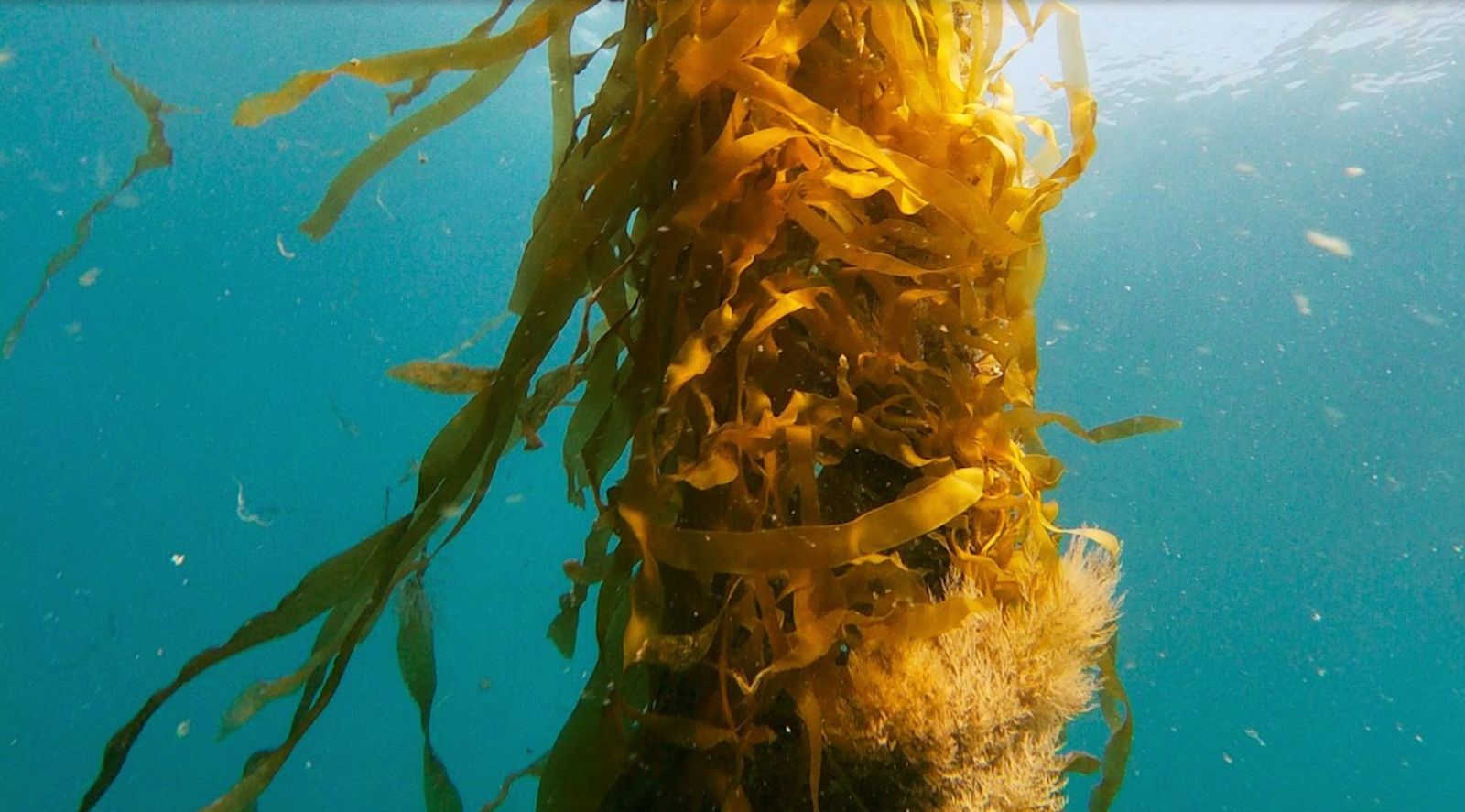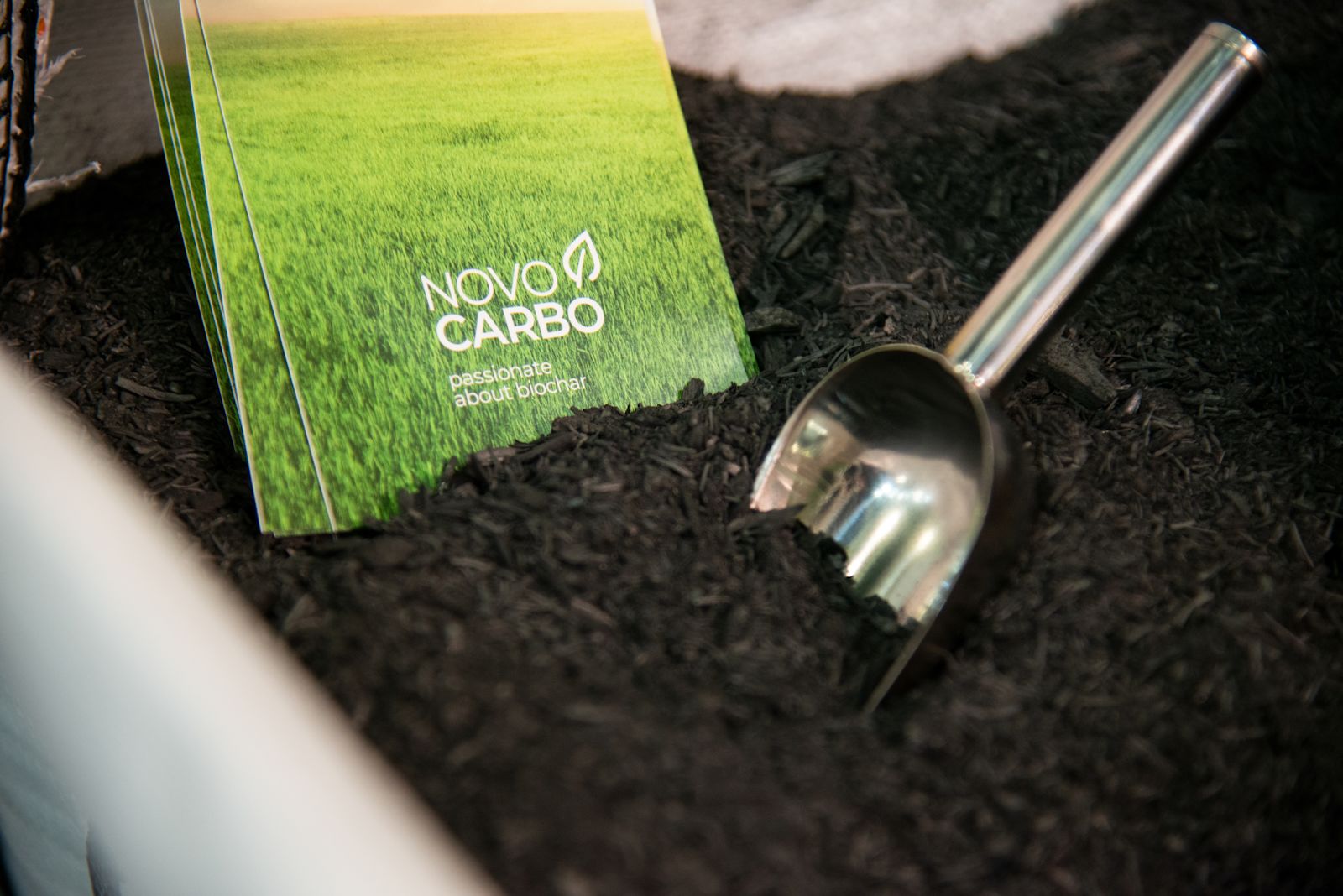Wednesday, February 9, 2022
The power of permanent carbon removal: Three innovative projects have been added to the portfolio in the beginning of 2022 and the end of 2021. You can view all of Compensate's projects
Innovative carbon capture includes nature-based solutions like soil carbon, blue carbon (underwater carbon capture), or more technological approaches like biochar, negative emission products or processes, as well as direct air capture and storage of CO2.
All of these new methods and projects do not yet meet the strict criteria that we use to evaluate the more traditional, forest-based projects. However, knowing the many limitations of more traditional projects, we feel that it's time to push the market forward to adopt new innovative and scalable solutions. Our unique portfolio approach allows mixing a wide range of projects with different prices.
The new innovative carbon removal projects are a blue carbon project by Running Tide in the US and two biochar projects by NovoCarbo and Sonnenerde in Germany and Austria. These projects permanently remove carbon and store it for hundreds of years.
Below, a snapshot of all of the new projects:
Running Tide - accelerating the natural power of ocean carbon removal

Kelp is one of the fastest-growing plants on earth, and while it grows it absorbs CO₂ from the water.
Ocean carbon removal is a scalable solution, with oceans covering 71% of Earth’s surface, it doesn’t compete with other land uses and removes carbon dioxide faster than any forest. Running Tide builds software-controlled, aquatic growing systems, equipped with sensors and machine vision to measure environmental data at many depths in coastal and open-ocean environments.
Running Tide is currently developing a first-of-its-kind methodology for verifying the carbon removal from ocean carbon sequestration together with Gold Standard. The project is expected to be certified under the new methodology later this year. Compensate is supporting this innovative project by purchasing credits which will be verified in Q3/Q4 2022.
NovoCarbo - enabling sustainable growth

In addition to locking the carbon away for centuries, when applied to soils biochar is greatly improving the soil properties and growing conditions, thus initiating further carbon sequestration e.g. additional upbuilt of soil organic carbon, less leakage, and nitrous oxide emissions.
The project transforms wood residues from forest operations and waste wood into biochar, storing carbon permanently for hundreds of years. In 2021 a key milestone was the Roselundparken project in Stockholm, where biochar came to aid the City of Stockholm after a study revealed that two-thirds of all trees in the inner city were either dead or dying. A number of materials were tested before biochar was selected as the perfect solution to improve the soil structure and increase the water and nutrient retention capacity of the urban areas.
Sonnenerde - upcycling biogenic waste into a high-quality product

The project converts agricultural residues, such as grain husks and sunflower pods, into biochar, binding the carbon permanently for hundreds of years. Biochar is then used in high-quality substrates and soil improvement products which have a wide range of positive co-benefits including increased soil fertility and water storage capacity. For maximum benefits, before applying biochar to the soil, it first needs to be “loaded” with nutrients by mixing it with organic fertilizer.
Thanks to its porous structure, biochar acts as a “sponge” catching nutrients in a plant-available form, which reduces the need for fertilizers and prevents the leaching of nutrients to the groundwater.
When applied to soils, biochar serves as a habitat for soil microorganisms and promotes the formation of humus, which improves the soil structure and the water absorption capacity. The plants become more resistant to diseases, pests and yields remain stable even in years with unfavorable weather.
